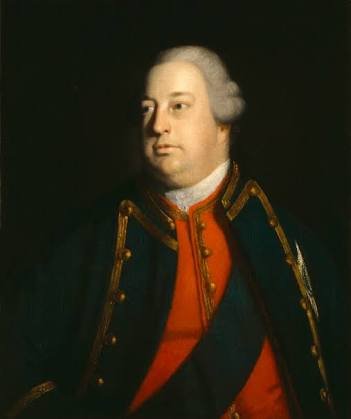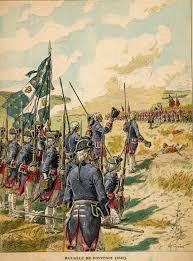Early Life
Prince William Augustus, third and youngest son of King George II of Great Britain and Queen Caroline was born on 15 April 1721 at Leicester House at Charing near London. Much of his youth was spent with his tutor Stephen Poyntz at Midgham House in Berkshire. He was educated in naval career, but his interest was more towards army.
On 17th July 1726 he was created Marquess of Berkhamsted, Earl of Kennington, Duke of Cumberland, Baron of the isle of Alderney and Viscount of Trematon. He was educated under a tutor appointed by his mother Edmond Halley.
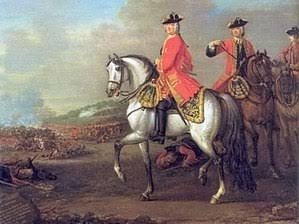
He became a Major General in army at the age of 21 in 1742. In the following year on 27 June 1743 he rendered active service in the middle east and fought the Battle of Dettingen in Germany with his father.
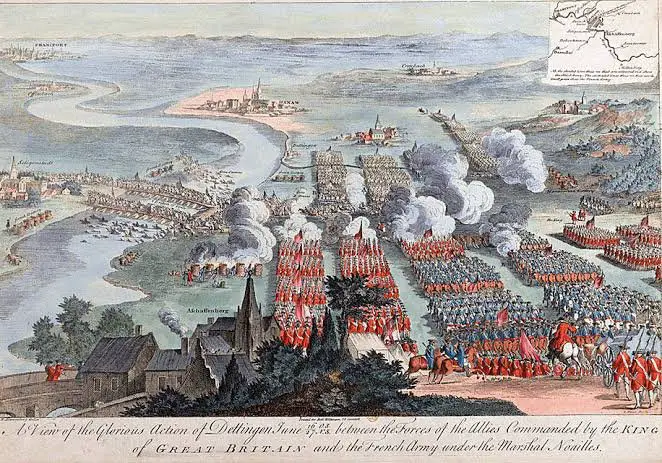
William was wounded with a musket of a ball in the leg and was promoted to Lieutenant General after the battle.
War of the Austrian succession
On October 1740 Charles IV the Holy Roman emperor and the head of the Austrian branch of the House of Hasburg died and succeeded his daughter Maria Theresa.

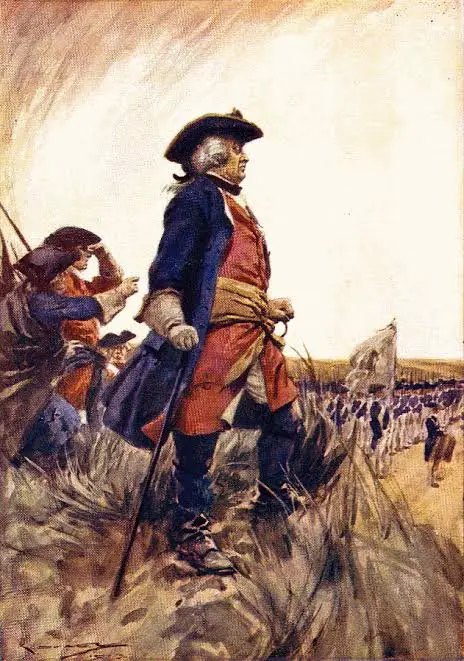
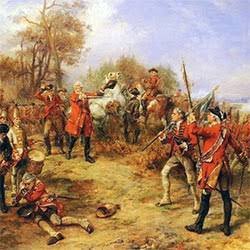
William Cumberland was made Captain General of the British Land forces in 1745. At the age of 24 in 1745, despite of not having any experience he was made Commander-in-Chief of the allied British, Hanoverian, Austrian and Dutch troops.
He planned to go offensive against the French but later realized that given the superiority of enemy in number it was impossible to take Tournai, hence they faced severe defeat against French in the Battle of Fontenoy by France’s Marshal Maurice De Saxe.
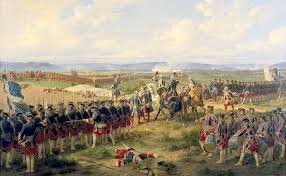
Jacobite and Battle of Culloden
Prince Charles Edward Stuart grandson of King James II led the Jacobite army and overrun Scotland and had defeated Government forces at Prestopans under General Sir John Cope. William was called back from the War of the Austrian Succession from Flanders to England to oppose Jacobite invasion.
His appointment caused a morale lift among the public and the troops. He chased the Jacobite army to Scottish border and returned to safeguard the south coast of England from the attacks of the French. He left the pursuit to Lieutenant General Hawley. On 17 January 1746 General Hawley was defeated by the Jacobites at the Battle of Falkirk Muir.
Cumberland arrived in Edinburgh on 30 January and immediately began his pursuit of the Jacobite army. William made sure that his troops in Aberdeen were trained in specific tactics he had developed to withstand the highland charge to hold firing to inflict maximum damage until the Jacobites were within good range of firing.
On 8 April 1746 William set out from Aberdeen towards Inverness to meet the main body of Jacobites. On 16 April 1746 both the armies met at Culloden, and it resulted in the victory of the Duke of Cumberland.
Cumberland ordered his troops to show no clemency against any remaining Jacobite rebels. Any wounded rebel was killed by the Cumberland troops. Cumberland followed the process of pacification of the Jacobite areas of the Highlands. Jacobite rebels and non-combatants were killed, and large-scale livestock was confiscated.
More than hundreds of Jacobite men were executed, and women were imprisoned, and people were made prisoners and sent to London through ship for trials. The Journey to London took up to 8 months and many of the prisoners died before they reached.
Butcher Cumberland
Following Culloden, his Whig supporters nicknamed him “Sweet William” for the success at defeating the Jacobite army. Sweet William is also a name of a plant named for William Augustus. Cumberland displayed the strictest discipline in his camp. He was firm and unbiased in the execution of his duty. He was nicknamed Butcher Cumberland for the brutality towards Highland.
He was given the freedom of the City of the Glasgow and was made the Chancellor of both Aberdeen and St Andrews universities. Cumberland was honoured with special performance of Handel’s oratorio’s Judas Maccabaeus on thanksgiving service in London in St Paul’s Cathedral church which was composed especially for Cumberland and included a special anthem ‘See the conquering hero comes’.
The Seven Years’ War
Cumberland returned to the command field at the beginning of the seven years’ war in 1756. William was defending his family’s home territory of Hanover directed by his father to lead the Army of Observation on the continent from French invasion.
He took command in 1757 and met French forces at the Battle of Hastenbeck on 26 July and was defeated by d’Estrees. Cumberland’s army’s discipline collapsed within short time and headed northwards in total disorder. Cumberland hoped that the Royal Navy would possibly bring him reinforcements and supplies which would help him to regroup and counterattack, instead the British mounted an expedition Rochefort.
Cumberland and his forces were compelled to retreat to the fortified town of the Stade on the North Sea coast. George II authorized Cumberland to make a separate peace for Hanover. On September 8 1757 Cumberland agreed to the Convention of Klosterzeven and it concluded on the demobilization of Cumberland’s army and a much of Hanover occupied by French forces.
Cumberland was badly criticized for his defeat and therefore the terms of the convention because it exposed the western flank of Britain’s ally, Prussia. George II publically chastised Cumberland and in response Cumberland resigned from his military and public offices.
Later Years of Cumberland
Cumberland largely avoided public and retired to Cumberland Lodge in Windsor. After the death of King George II in 1760 his grandson the young George III became king. His final years were lived out at the reign of his nephew. Cumberland became an advisor to the king and was instrumental in establishing First Rockingham Ministry.
Cumberland never completely recovered from his wound at Dettingen and had grown obese and suffered from a stroke on August 1760. At the age of 44, on 31 October 1765 he apparently died from a heart attack at his home on upper Grosvenor street in London. The Duke of Cumberland was buried in Westminster Abbey beneath the floor of the nave of the Henry VII of the Lady Chapel.
